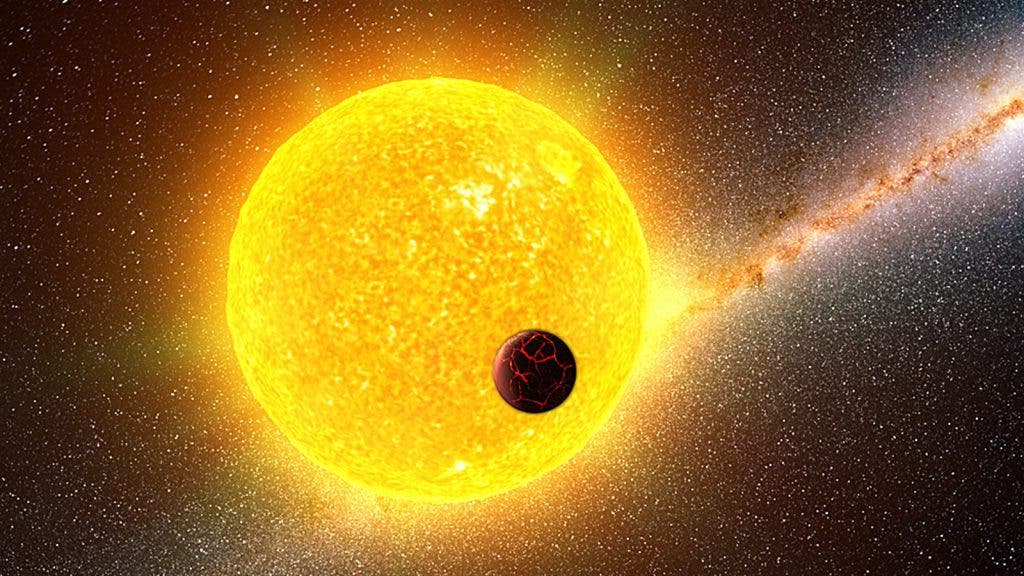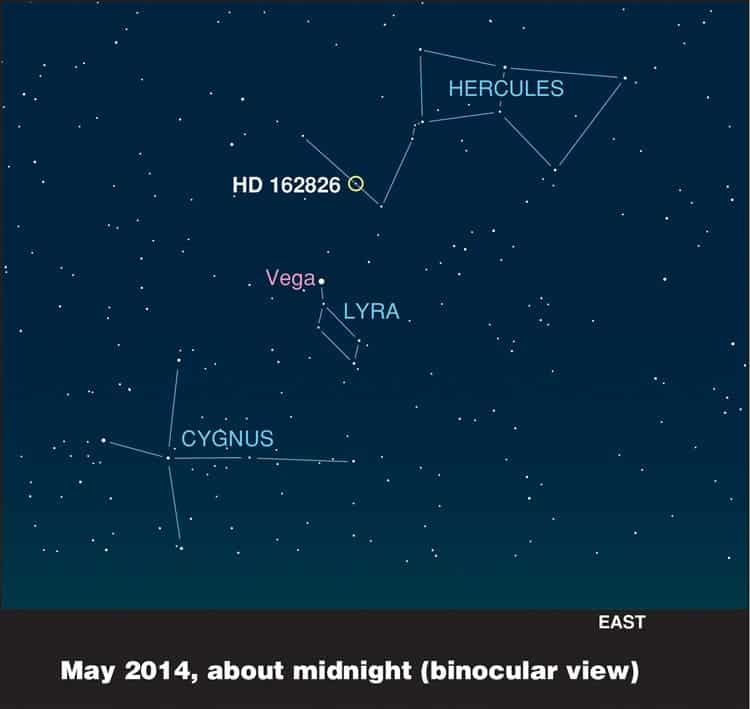
In what’s considered the first find out of a slew to follow, a team of astronomers have identified a star that originated out of the same matter as our own sun. In lack of a better analogy, the two are siblings and probably share many more sisters. Apart from telling us where in the galaxy our solar system first formed some 4.3 billion years ago, by finding and studying more of the sun’s siblings, certain secrets might become unraveled, even those pertaining to the origin of life.
Made from the same star stuff
From studies of other stars which astronomers can see in many different stages of their ‘life cycle’, it seems pretty convincing from the data that the sun must have started out as a large collapsing cloud of gas and dust inside some ancient interstellar cloud. This cloud was ‘polluted’ by a supernova several million years before the collapse phase ended, because we see certain isotopes of aluminum which could not have been a part of this cloud for very long unless they had been implanted by such an event.
The cloud collapsed for millions of years until it formed a rotating disk with a large central bulge. Out of the disk would eventually form the planets, and out of this central bulge where most of the mass wound up, formed the sun. We see such rotating disks of gas around many infant stars embedded in nebulae so this has confirmed this basic picture during the last 15 years or so. So this is where the sun comes from, but a more interesting question may be where does the gas and dust that initially comprised it came from?
The first sister of many

How and where the sun formed exactly and even how life in the solar system eventually appeared might be answered by this question and a first step is identifying other stars made from the same original matter as our sun. Ivan Ramirez of The University of Texas and colleagues have for the first time identified such a sibling star after shifting through 30 possible candidates found by several groups around the world looking for stars in the Sun’s family. The candidates where carefully surveyed using the Harlan J. Smith Telescope at McDonald Observatory, while high-resolution spectroscopy was employed to get a deep understanding of the stars’ chemical make-up.
[RELATED] Most Earth-like planet orbiting around sun-like star: extraterrestrial life likely
Besides chemical analysis, the team of astronomers also mapped out each of the stars’ orbits around the center of the Milky Way. Data from these two important characteristics combined narrowed the field of candidates down to one: HD 162826 – a star 15 per cent more massive than the Sun, located 110 light-years away in the constellation Hercules.
Chances have it that this particular star had been studied by astronomers for at least 15 years so we’ve got a wealth of data at our disposal which can be used to characterize the star and its planetary system. For one, from what astronomers can tell, the star can’t possibly host any gas giant like Jupiter, and a small terrestrial planet might orbit it, although nobody’s entirely sure yet.
“We want to know where we were born,” Ramirez said. “If we can figure out in what part of the galaxy the Sun formed, we can constrain conditions on the early solar system. That could help us understand why we are here.”
Ramirez and colleagues’ ultimate goal is that of using data from this first sibling and those sure to follow in order to create a cook-book; a guideline that will narrow down future candidates and help find those stars that originated from the same material as the sun. This will definitely come most in handy once projects like the massive Gaia, a European Space Agency mission to create the largest and most precise 3-D map of the Milky Way, which includes accurate distances and proper motions for a billion stars. For instance, the team has found that a rather solid indicators the elements barium and yttrium, whose concentrations vary very much from star to star depending on where these were formed.


